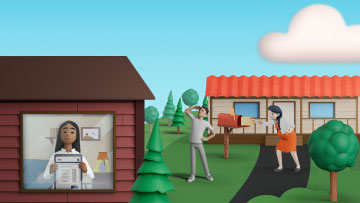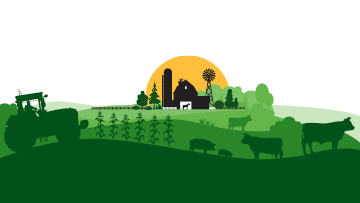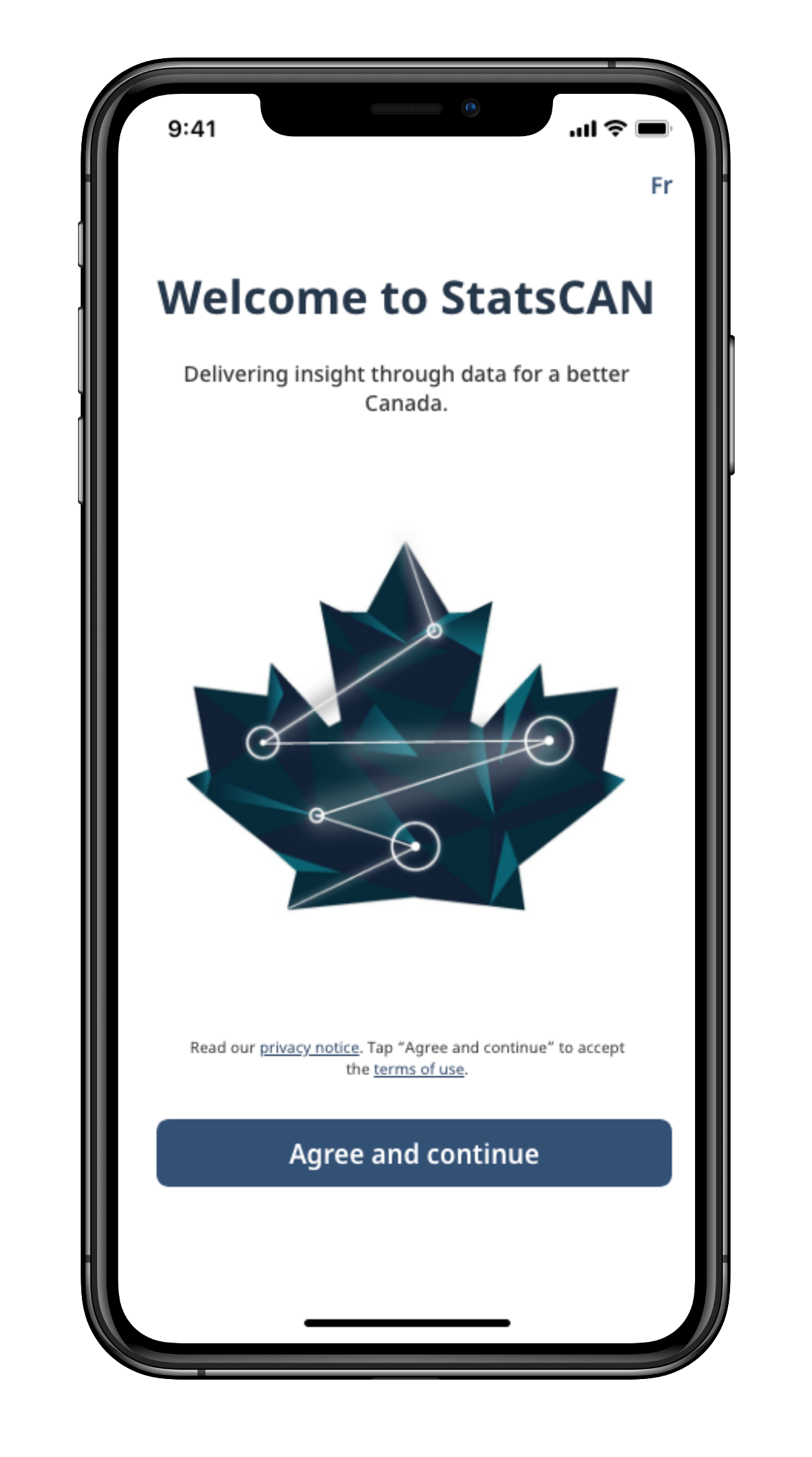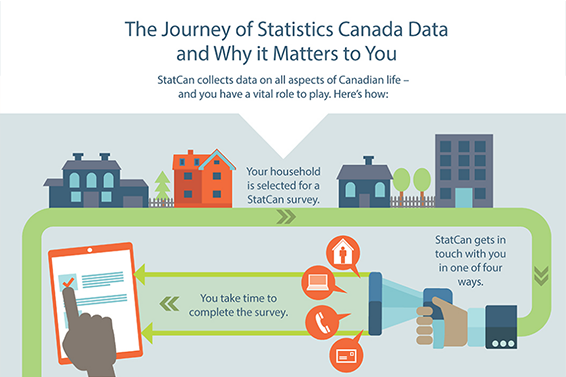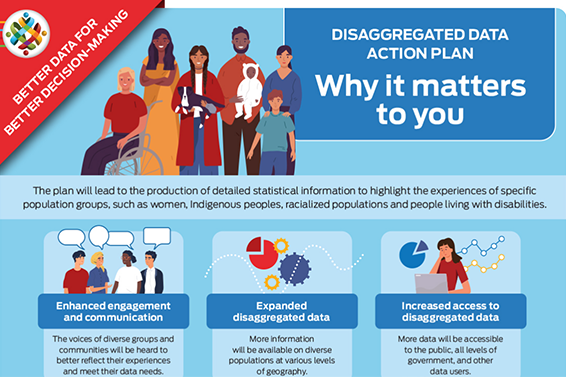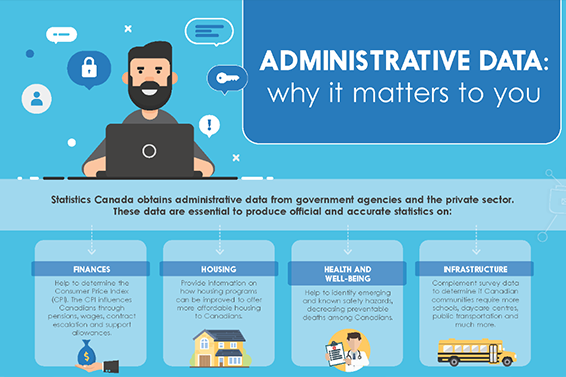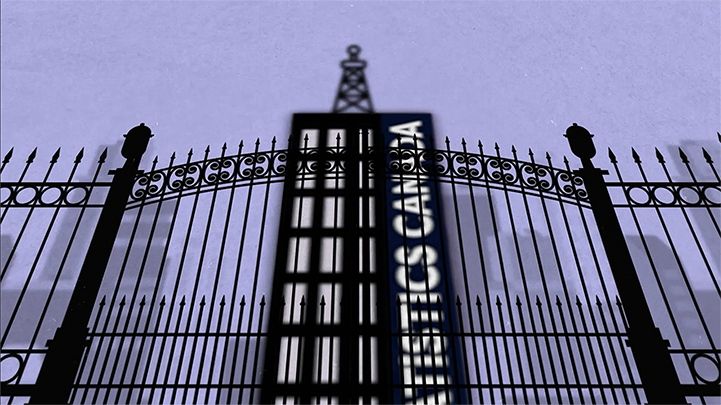Social trends monitoring and reporting tools enable stronger connections
Connected citizens and a connected government equals a connected country, and social media and news media can play a big role.
Did you know that more than 31 million Canadians are active on social media? That's a lot of people that we can learn from, to better understand what Canadians think and want from government. If we are able to understand the people we serve, the products, services and information we provide are going to be that much better as a result.
All levels of government in Canada use social media in some capacity to reach citizens, including here at Statistics Canada. But it's not just about informing you of our latest data updates or survey, it's about engaging with you. It's about understanding what you're saying and responding to it.
Social media provides real-time insight into what Canadians are thinking, feeling and doing, and the pandemic put a new emphasis on its use. Throughout the stay-at-home orders, prolonged business closures and physical distancing requirements, it's more important than ever to make sure we take the pulse of what's important at any given time to Canadians and to ensure vital information is shared in a timely manner.
One of the ways Statistics Canada does this is through the use of reputable service provider tools (such as HootSuite and Meltwater). These tools help us understand your feedback on social media as well as engage with you. This allows us to provide timely answers to your questions on platforms such as Reddit, Twitter, LinkedIn, Facebook, Instagram and YouTube. Your feedback also gives us insights on how we can improve our product and services as well as communications. This is part of our user-centric approach and desire to better meet your needs and those of your fellow citizens.
Social media tools most recently helped Statistics Canada to better serve Canadians in the 2021 Census. From setting the record straight on misinformation, to answering your questions about how to complete the questionnaire online, social media has been invaluable throughout the 2021 Census.
For example, aggregate information we reviewed using our social media tools highlighted the need to clarify and expand on our communications about how Canadians could verify that Census enumerators working in the field were, indeed, who they said they were. It also helped us to identify various other forms of misinformation and scams about the Census so that we could address these issues head-on.
Thanks to the fast-paced nature of social media, we were able to act quickly and provide reliable and accurate information in these cases through interviews with news media, additional posts on social media, and even the creation of a new section on our website dedicated to protecting Canadians against misinformation.
Our social media tools also gave us insights on how Canadians wanted to see our communications and services become more engaging and inclusive, including the need to get our information out in alternative languages, formats and tools.
As Canada's trusted data steward, we take our responsibility to protect the privacy of Canadians very seriously. As with all our work, our use of social media tools is guided by our terms of use guidelines and safeguards and, in the case of Meltwater, a rigorous privacy impact assessment.
At the end of the day, Statistics Canada cares about what you think and what you have to say because your feedback helps us serve you better. We collect data to tell your unique stories and experiences as our nation grows and evolves, so the more connected we are, the better the data we collect, analyze and share and the better the outcomes for all the people of Canada.





